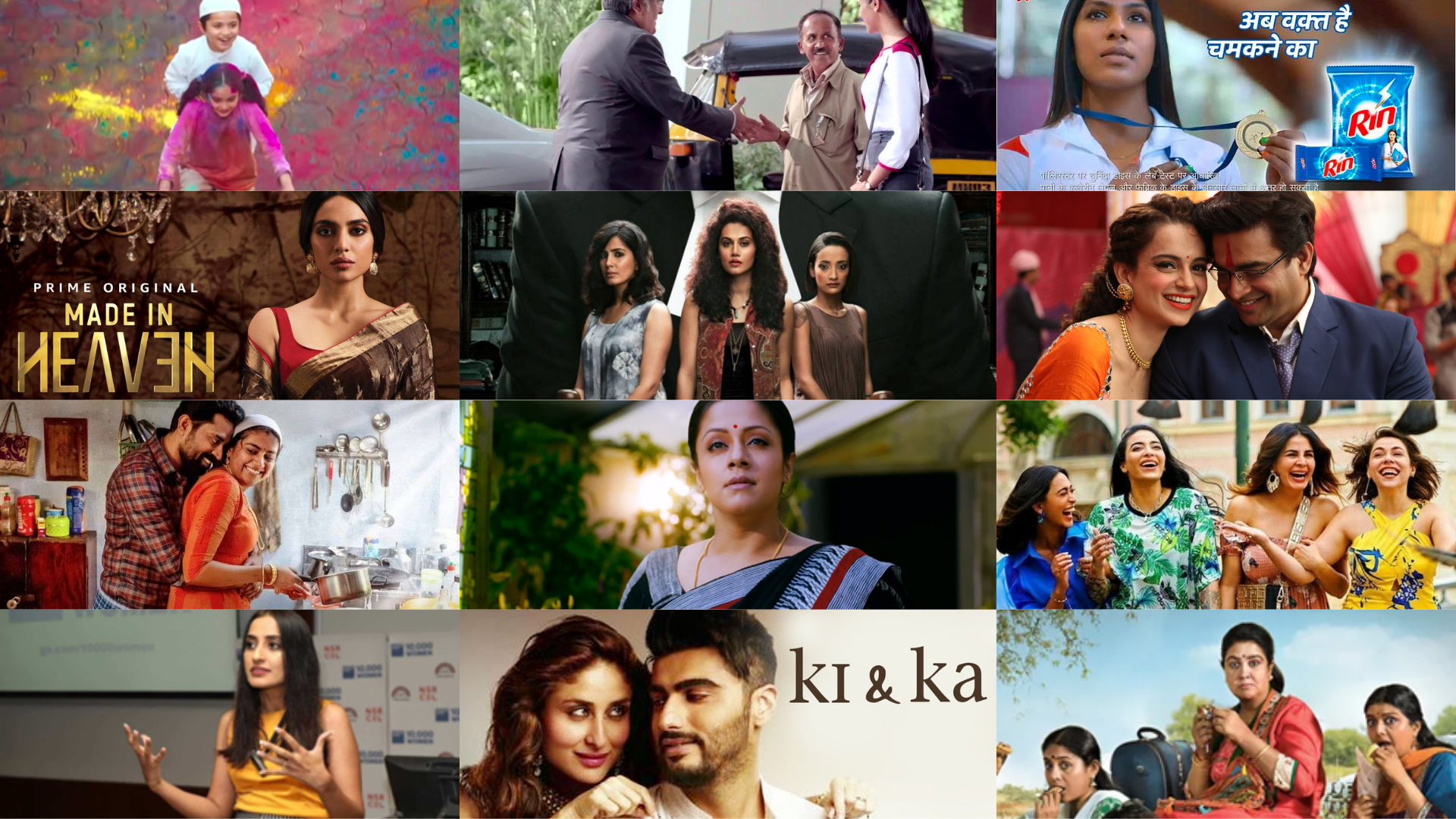When HUL’s homecare brands—Vim, Rin, Surf Excel, Domex—set out to decode the ever-evolving Indian pop culture landscape, the challenge wasn’t just to chase trends. It was about understanding the subtle shifts shaping modern India’s narratives—where family, identity, and gender roles were being redefined on screen and off it. The task was clear: dive deep into the cultural current to help craft advertising that felt not just relevant, but unmissably resonant.
We didn’t stop at consumer interviews. Instead, we immersed ourselves in the world our audience lived in—through the movies they streamed, the shows they binge-watched, and the stories that shaped their everyday beliefs. From mainstream blockbusters to nuanced OTT dramas, we traced how pop culture was redrawing the lines of tradition, resistance, and aspiration.
Our exploration uncovered something profound. Gender roles were being reimagined, family hierarchies questioned, and individual identity celebrated in ways unseen before. Yet, these progressive shifts lived alongside deeply rooted traditions—creating a cultural paradox that was as rich as it was complex.
The insight? Communication that resonated wasn’t about picking a side between modernity and tradition—it was about embracing the tension between them. It was about telling stories where ambition and ancestral values could coexist.
Armed with this, we helped the HUL brands craft a strategic blueprint—one that balanced forward-thinking narratives with cultural roots. We decoded regional nuances between HSM and the South, mapping how stories landed differently across geographies. And to ensure longevity, we compiled it all into a pop culture guidebook—a ready reckoner for brand teams to draw from, for years to come.
The result? A cultural playbook that didn’t just serve the campaign at hand, but became a roadmap for future storytelling—helping brands speak the language of their consumers, in a world where what’s trending today could become tomorrow’s truth.

